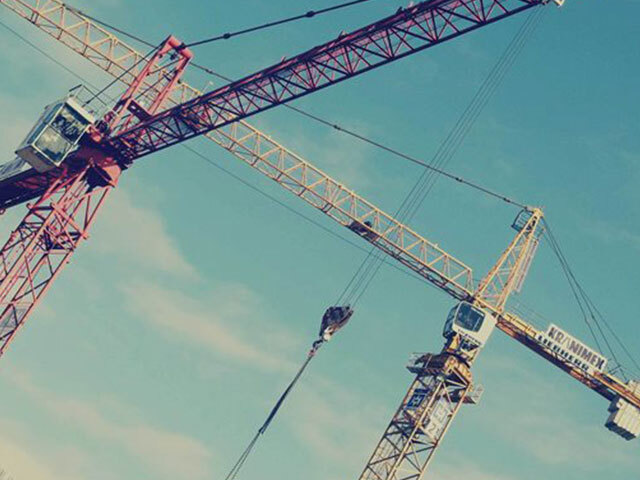
What is an ETA
Looking For More Information?
Contact Our Team
What is an ETA
European Technical Assessments explained
The new Construction Products Regulation (CPR) came into force in the UK and the European Union on the 1 July 2013.
Why the law came into force?
The aim of the Regulation is to harmonize the safety performance of construction products across the EU and it applies to anything placed on the market, whether or not manufactured in the EU.
How does it affect my business?
The CPR aims to ensure the reliability of information on the performance of construction products, information which is of interest to designers, constructors, public authorities and consumers. This is achieved through harmonized European product standards and European Technical Assessments using a common technical language and uniform assessment methods.
The CPR can be enforced by the Trading Standards authority. There will be a huge cost of for product recalls and fines or imprisonment to organizations that are found not to be complying with CPR.
Who does this affect?
The main organizations this affects are (but not exclusive to):
- Manufacturers of Construction Products
- Importers of Construction Products
- Distributors of Construction Products
- Designers
- Specifiers
- Builders
Harmonized Technical Specifications
The Harmonized Technical Specification defines methods of assessing and declaring all the performance characteristics. These characteristics, required by regulations in any Member State, affect the ability of construction products to meet seven basic requirements (as applicable) for construction works:
- Mechanical Resistance and Stability
- Safety in Case of Fire
- Hygiene, health and environment
- Safety and accessibility in use
- Protection against noise
- Energy economy and heat retention
- Sustainable use of natural resources.
When do I need a European Technical Assessment (ETA)?
There are hundreds of harmonized product standards in place for Construction Products. However, what happens if your product does not fall within the scope of a Harmonized Standard? This is likely to the case for innovative or new products.
A European Technical Assessment (ETA) can be issued for any Construction Product that is not covered or not fully covered by a Harmonized Standard. The ETA provides a voluntary route for the manufacturer to CE mark a Construction Product.
ETAs can be issued if at least one of these apply:
- The product does not fall within the scope of any existing Harmonized product standard
- The assessment method provided for in the harmonized standard is not appropriate for at least one essential characteristic of that product
- The Harmonized standard does not provide for any assessment method in relation to at least one essential characteristic of that product.
Next Steps to obtaining a European Technical Assessment (ETA)
Whether you're looking for more information, or to get a quote, contact one of our ETA experts today to start your journey and let us help you to meet the requirements of the Regulation.
This service is provided by our sister company, Element Materials Technology Rotterdam B.V. (ERO). However the same certification experts you have always dealt with are here to help and facilitate this.
ERO technical experts have many years and involvement with the European Organization for Technical Assessment (EOTA) and represents Element on the EOTA Technical Board, EOTA General Assembly and a number of EOTA Project Teams and Working Groups. ERO offers a large range of schemes under the CPR. ERO offers a 360° approach to testing and certification which helps our customers’ products and material get to market on time and with minimal risk to the organization.
These are the areas Element Materials Technology Rotterdam B.V. is accredited for as a Technical Assessment Body:
- Product Area 2: Doors, windows, shutters, gates and related building hardware
- Product Area 4: Thermal Insulation Products
- Product Area 13: Structural Timber Products /Elements and Ancillaries
- Product Area 14: Wood Based Panels and Elements
- Product Area 16: Reinforcing and Pre-stressing Steel for Concrete (and Ancillaries)
- Product Area 20: Structural Metallic Products and Ancillaries
- Product Area 23: Road Construction Products
- Product Area 30: Flat Glass, Profiled Glass and Glass Block Products
- Product Area 33: Fixings
- Product Area 34: Building Kits, Units and Prefabricated Elements
- Product Area 34: Fire Stopping, Fire Sealing and Fire Protective Products. Fire Retardant Products.
Get in touch with one of our experts to learn more.
Find related Resources